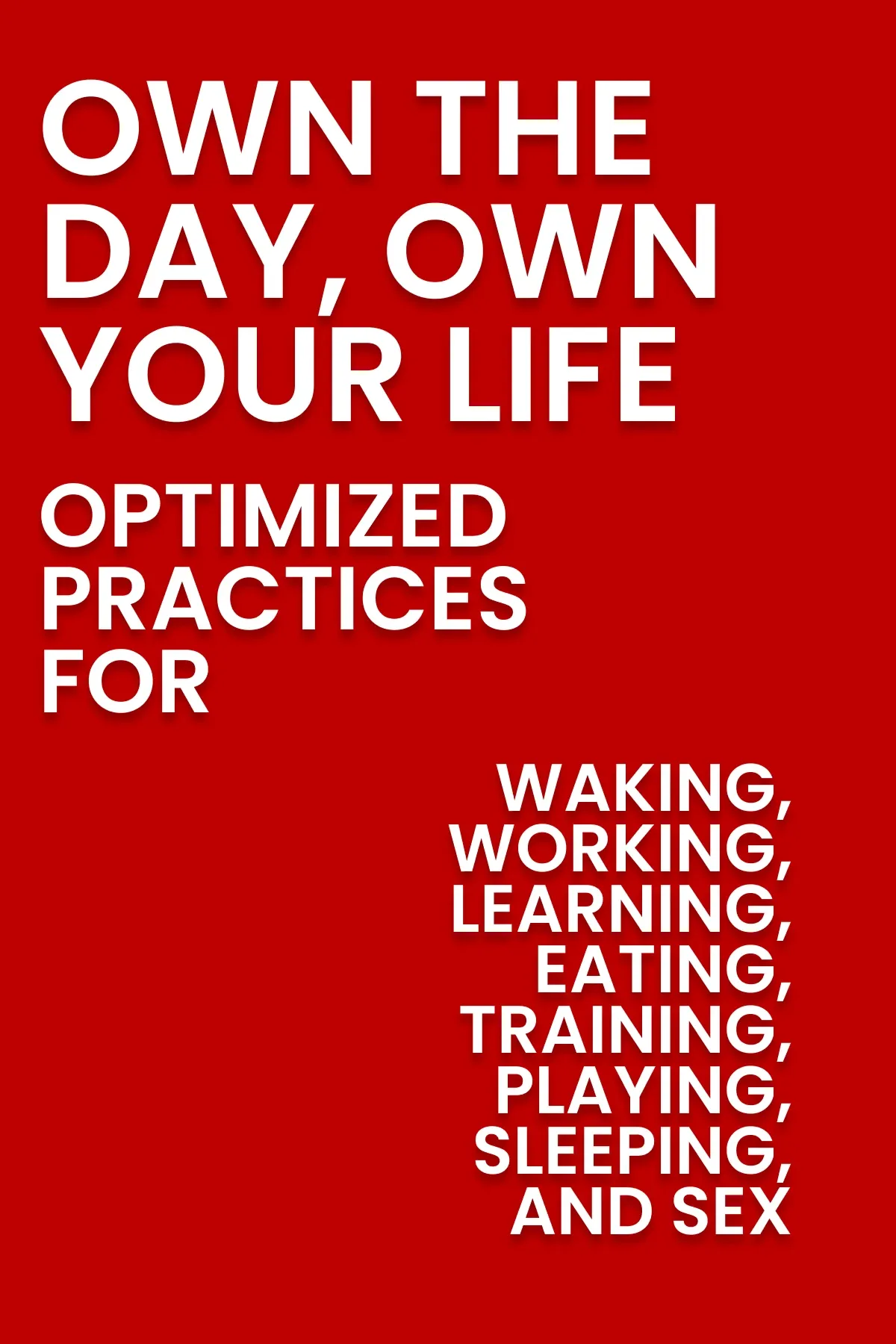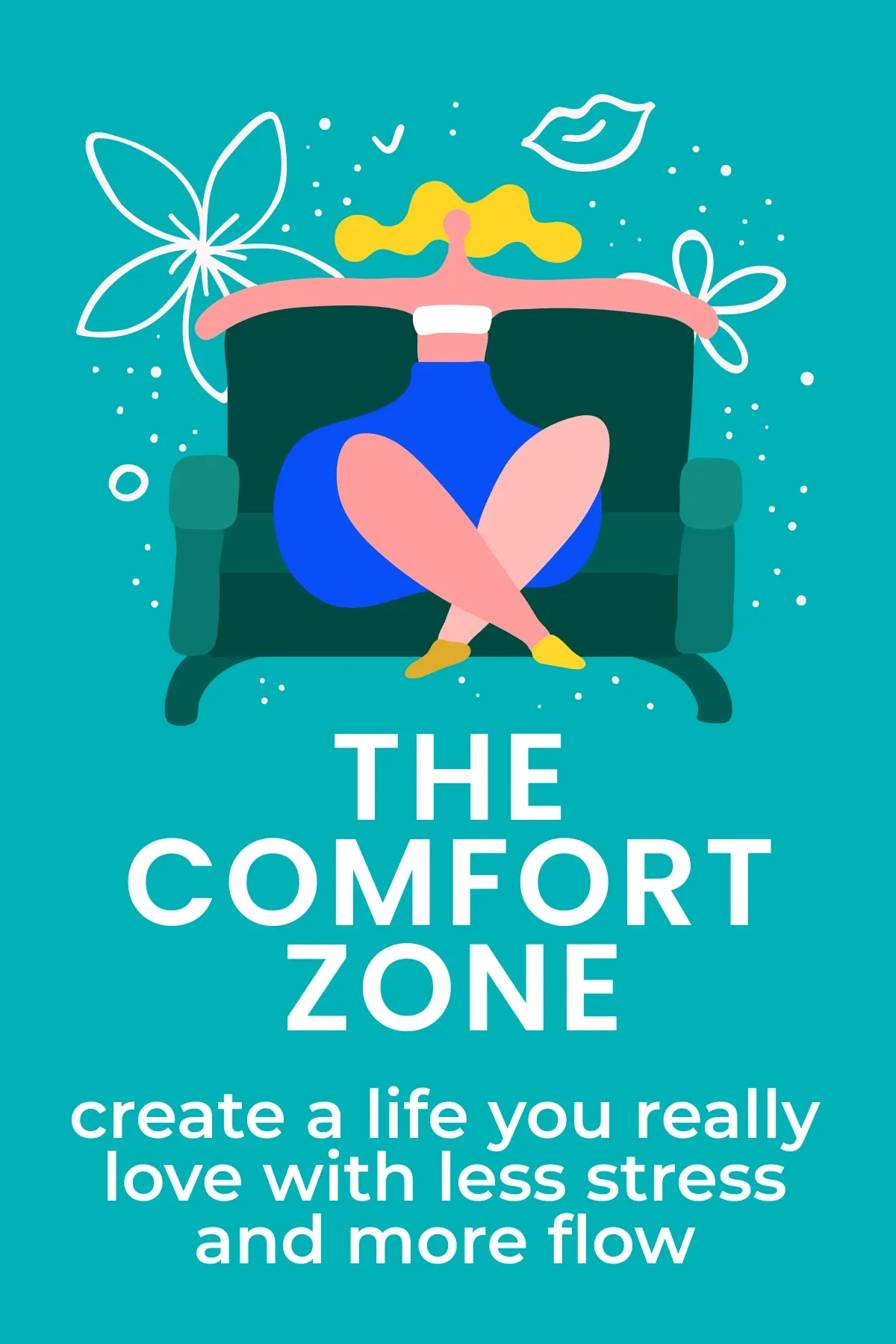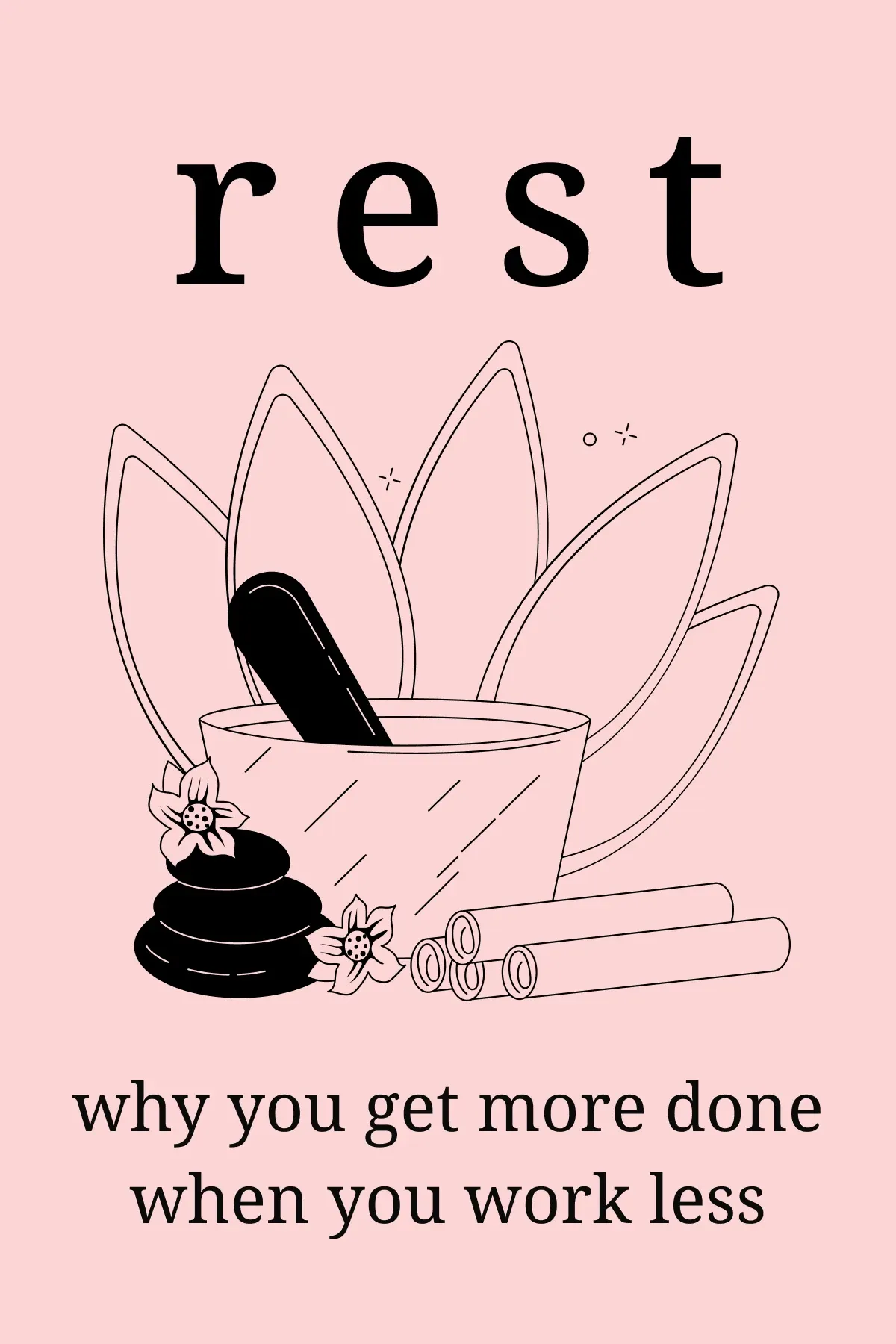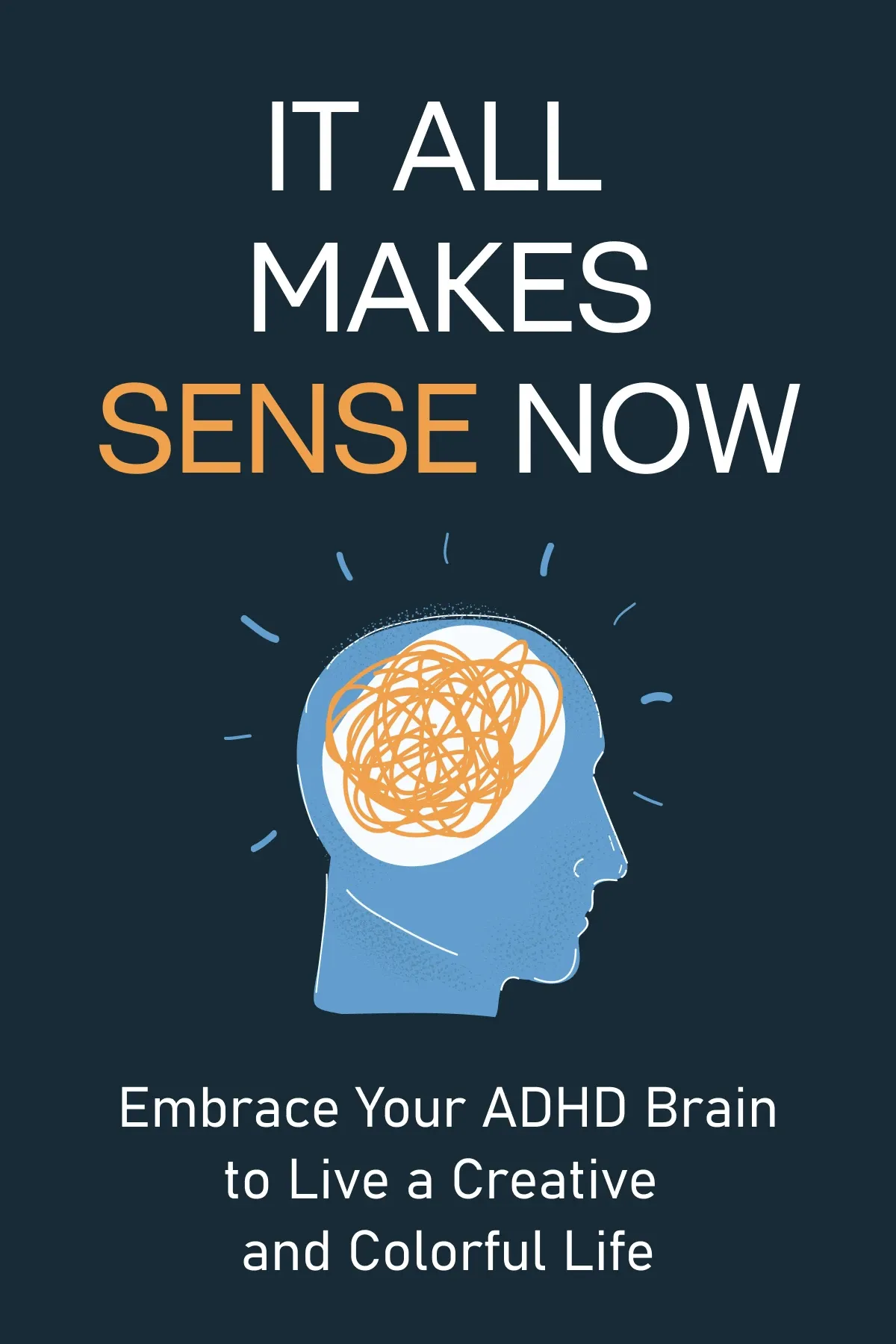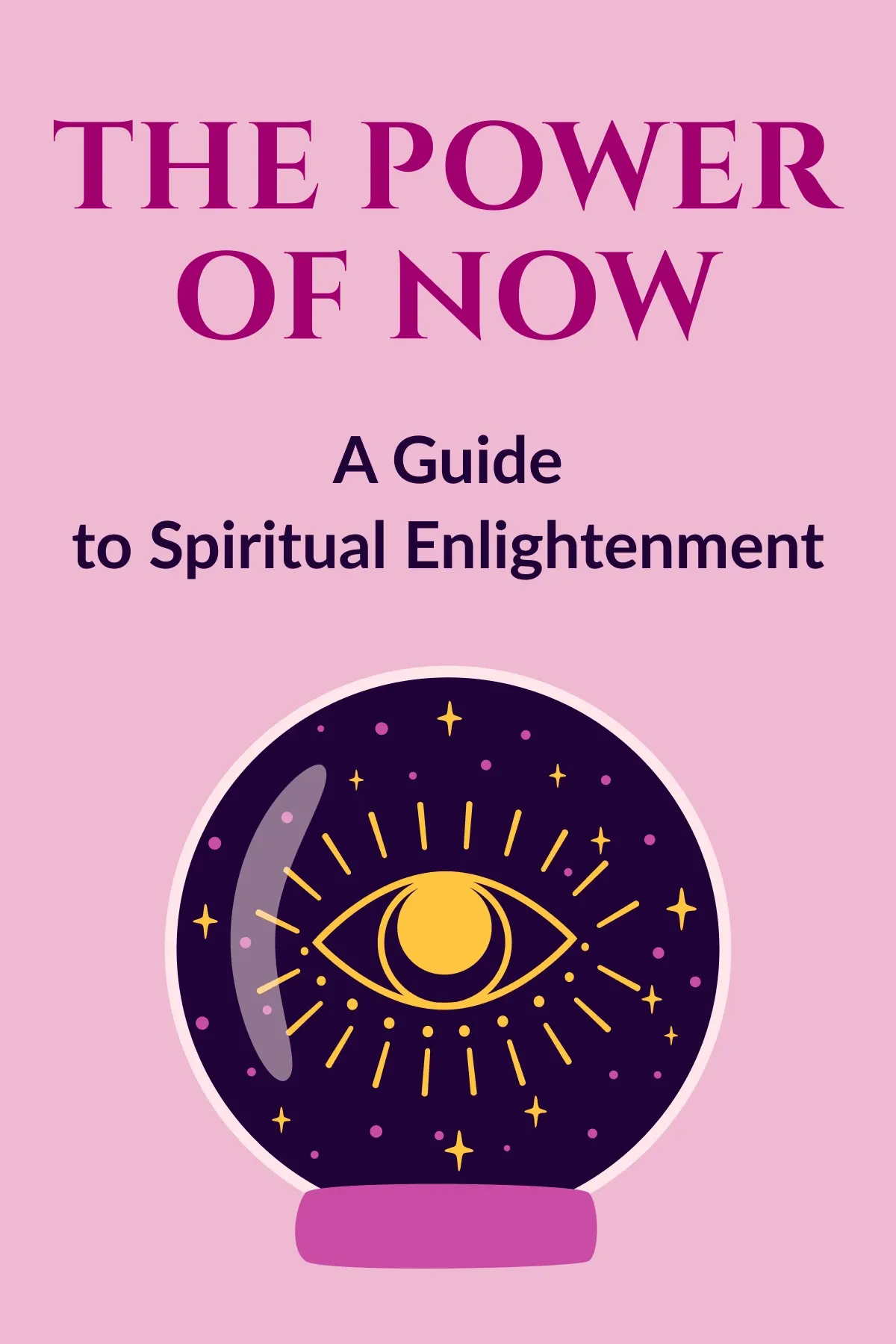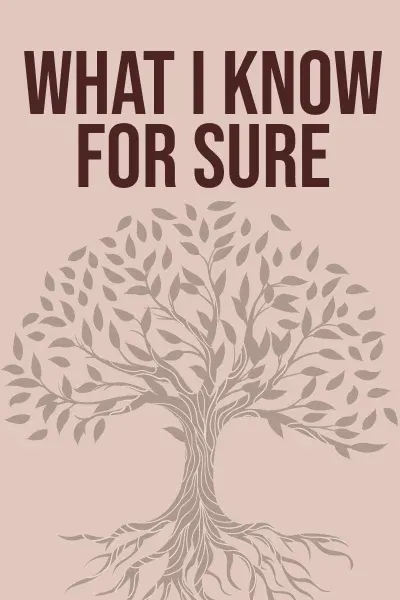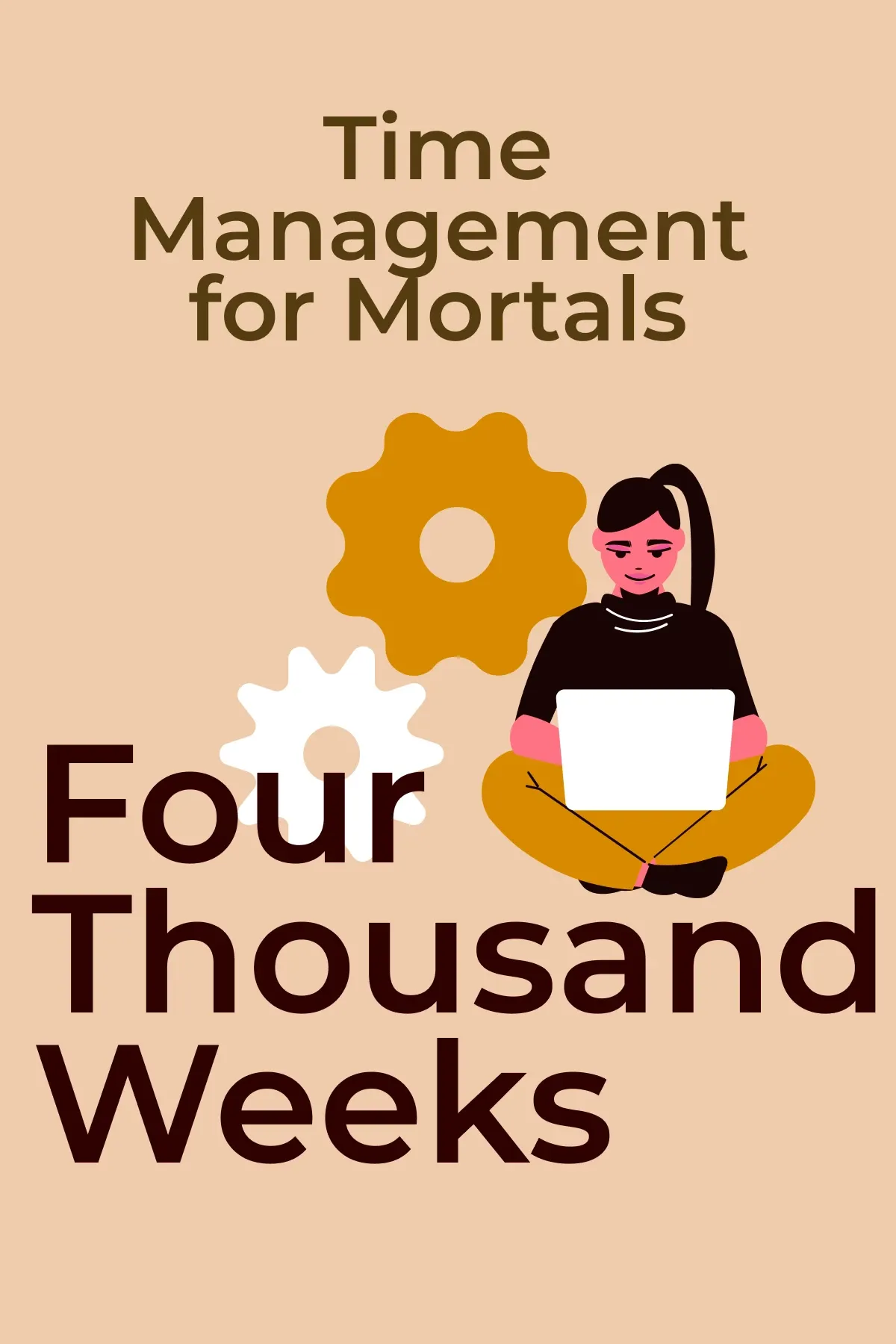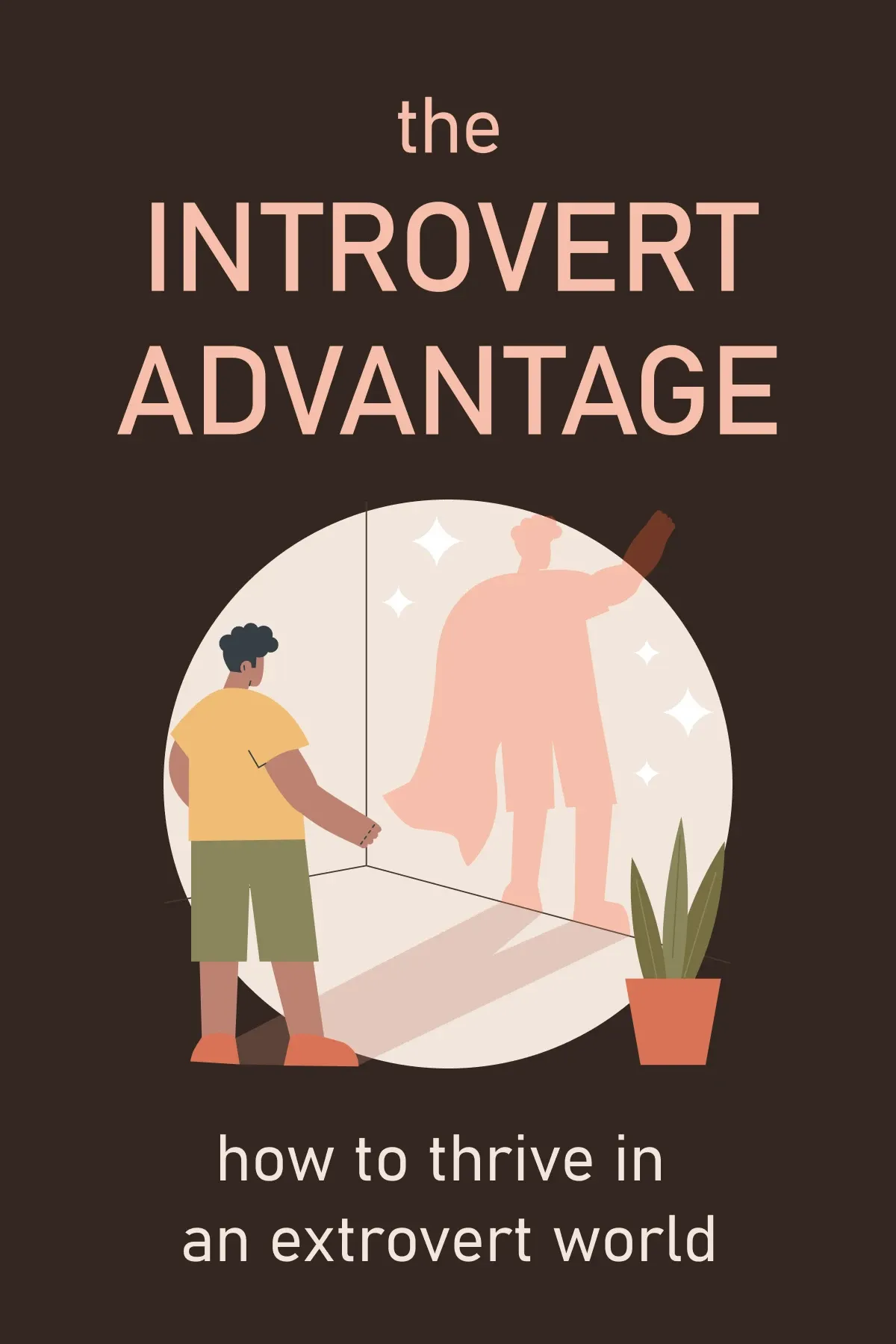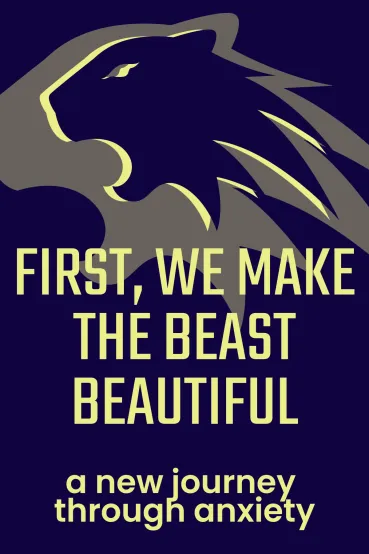
First, We Make the Beast Beautiful
Brief Summary
The Chinese say that before conquering a beast, you must first make it beautiful. Sarah Wilson believes the beast of today's world is anxiety, so we need to find an approach to it. If you feel the pressure of anxiety and want to understand how to get rid of it—”First, We Make the Beast Beautiful” is exactly what you need.
Key points
Key idea 1 of 7
One can compare anxiety to a beast—frightening and incomprehensible. Nevertheless, once we understand and accept it, we can transform the "beast" from terrible to beautiful.
In her book *An Unquiet Mind,* clinical psychologist Kay Redfield Jamison describes her experience fighting bipolar disorder. At some point, she refers to a Chinese proverb stating that before you fight the beast, you have to turn it into something beautiful. Why don't we listen to Chinese wisdom? The struggle against anxiety and its very purpose requires depth, commitment, and courage. How can all these qualities not be beautiful? Today, many suffer from anxiety, but not everyone gets diagnosed. Some don't even know that their anxiety is something deep and harmful that needs intervention. The only sure thing is that they experience anxiety way more frequently than they are supposed to.
According to some studies, every sixth person in the West at some point would obtain an anxiety disorder. It makes anxiety the number one most prevalent officially classified mental disorder. In fact, one in thirteen people has an illness related to anxiety. Interesting fact: men are more prone to anxiety than to depression. Yet, this statistic only applies to those diagnosed with anxiety by a medical professional.
The data shows that over the past eight years, the number of Google queries about anxiety at night has increased nine times. The number of anxiety-related searches went up by as much as 150 percent. Nowadays, people are subject to all kinds of stresses, losses, and strains. However, the majority ignore their psychological health and do not consult a specialist.
In the American Diagnostic and Statistical Manual of Mental Disorders, there are 37 terms under the collective name “anxiety.” It includes Post-Traumatic Stress Disorder, Panic disorder, Phobias, Social anxiety, and many others. Regardless, anxiety was not an official mental disorder and had no coverage in books until 1980.
Anxiety is often a consequence of unclear communication and a lack of meaningful connection. We worry and overthink constantly, running the same thoughts over and over in our heads. It's exhausting and often causes us to look for ways to cope, mostly harmful. This results in phobias, panic attacks, and obsessive-compulsive disorder (OCD). Consequently, we experience loneliness, vulnerability, and a sense of incompleteness.
You may also like these summaries




